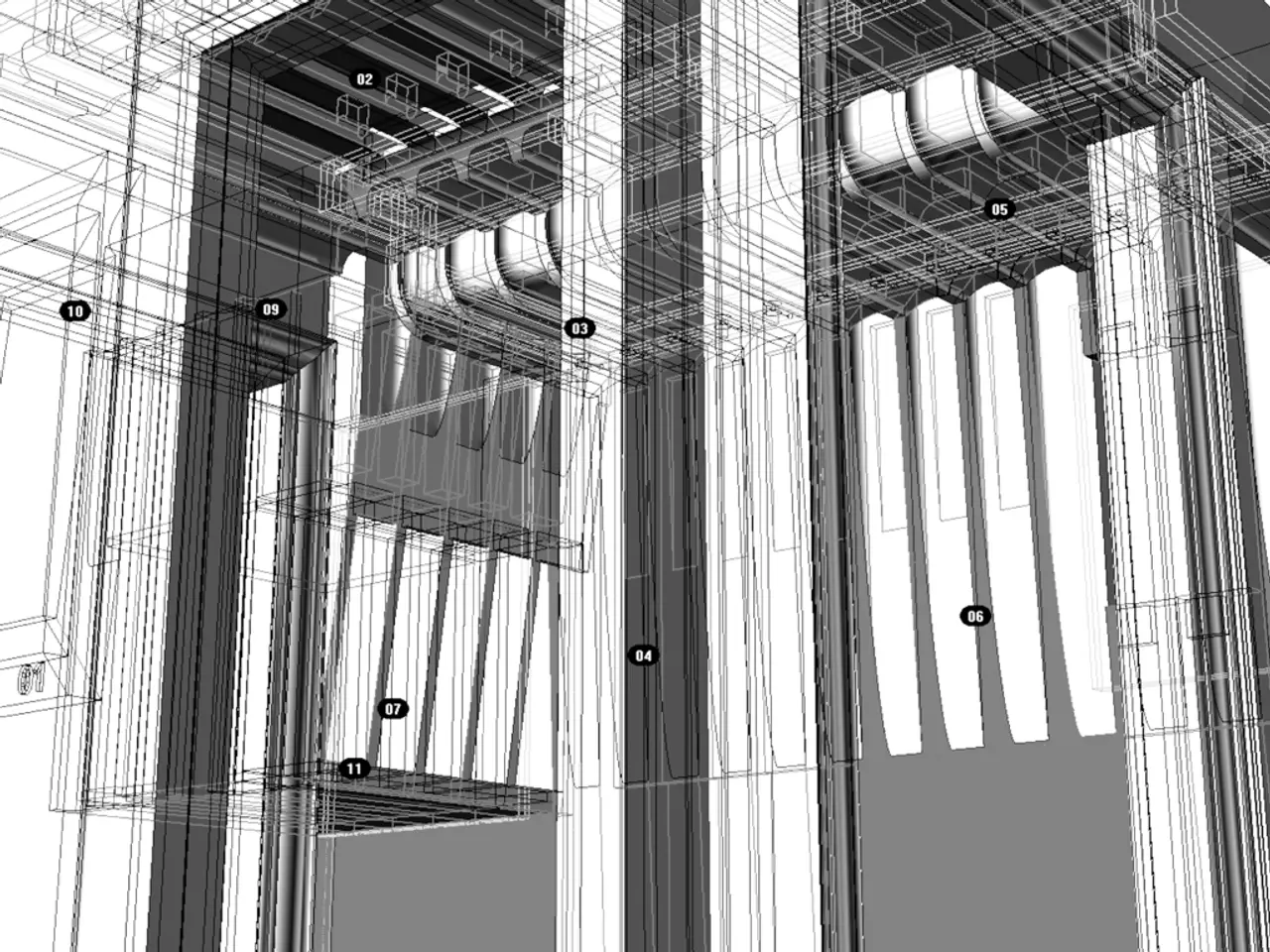Support Widespread Among Experts, Yet Minimal Impact Observed
In a bid to enhance transparency and efficiency, a new construction site portal in Friedrichshafen is providing citizens with faster and more vivid information about ongoing projects. This move is part of a broader shift towards digitalisation that has seen at least 29 funding programs launched by at least 8 ministries in the last legislative period, with significant interfaces.
However, a study by "Agora Digitale Transformation" has raised critical questions about the federal funding policy for municipalities. The study finds that many funded digital projects do not leave their model municipality, a concern echoed by the Federal Audit Office's 2024 report which found that most "one-size-fits-all" solutions were not used beyond their initial location.
The implementation of the Online Access Act revealed that these "one-size-fits-all" solutions, which the federal government invested 500 million euros in, were only used in one state or municipality (95%). The study, led by Mathias Großklaus, further finds that similar technical solutions are funded multiple times through different ministries.
The cities that have found applications for these solutions include Mühlhausen, Aalen, Heidenheim, and Rostock. Mühlhausen, for instance, is supported with about 9.63 million euros for smart city development. Aalen and Heidenheim jointly developed a digital city development concept funded by the federal government. Rostock is advancing digital building permits as part of a nationwide EfA (One for All) principle-based project already used in 13 federal states.
Innovative solutions are not lacking, but their impact seems to be limited. The experts argue that the funding system sets the wrong incentives and is not aligned with the needs of municipalities. They suggest that the federal government has a wide constitutional scope to promote reuse, contrary to the assumption that it is a matter for the states.
The experts also found that most funded solutions were only transferred a few times. To address this, they propose that the federal government should focus more on long-term projects instead of just funding model projects and the development of innovative solutions.
In a positive note, the use of technology in municipalities is not all doom and gloom. In the district of Recklinghausen, for example, garbage trucks equipped with measuring boxes are being used to find weak spots in network coverage.
The importance of digitalisation as a means to solve challenges rather than an end goal was discussed in the Hessentag project by experts Franz-Reinhard Habbel and Thorsten Herrmann. They expect clearer technical overlaps in the area of AI in the future.
The study, which is available for download at the end of this article, is a valuable resource for anyone interested in understanding the current state and future potential of digital funding in municipalities. It provides a critical analysis of the status quo and offers suggestions for improving the system to better serve the needs of municipalities.








